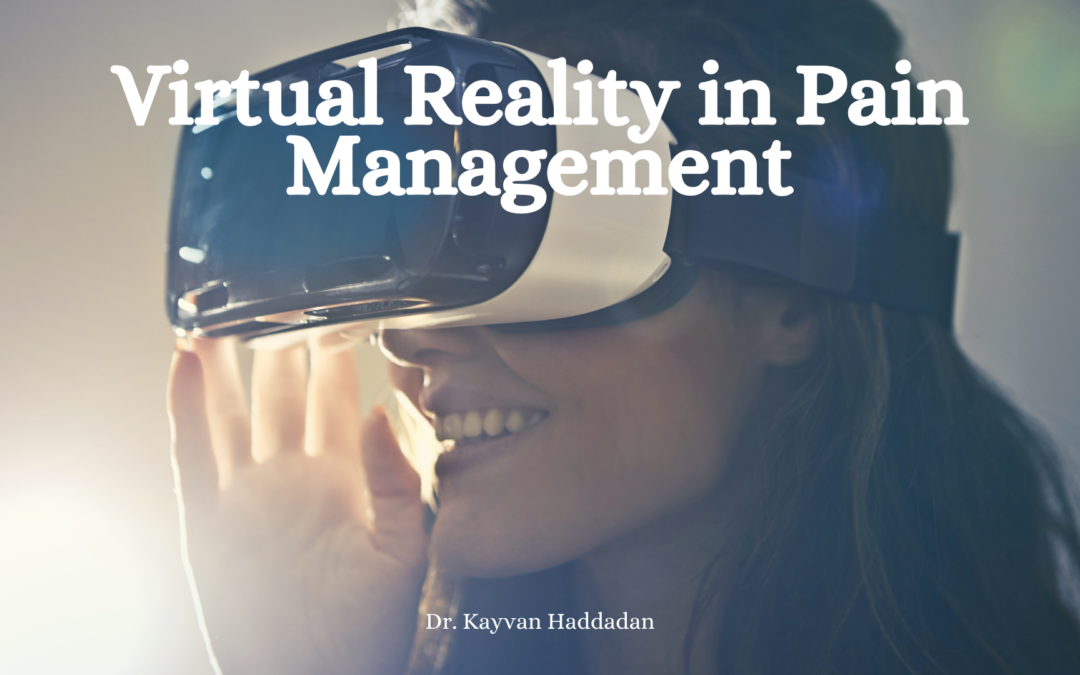Within the healthcare industry, pain management is a very complex field. Another word for pain management is ‘complementary medicine’. The medical treatment of pain requires professionals to maintain a deep understanding of the varying treatment solutions. There are many methods for managing or handling pain that does not involve medications.
One of the most popular ways to manage pain non-pharmacologically is physical therapy. Physical therapy can be particularly helpful for chronic or long-term pain. It is the physical therapist’s job to help their patients first locate the actual source of pain. The affected areas will often have stiffness or weakness that adds stress to the joint or muscle. Much like other types of pain management, physical therapy treatment approaches vary and depend on an individual’s needs. Methods used by therapists include exercises, massage, and electronic stimulation.
In recent years virtual reality has emerged as an effective pain management tool. There are a number of well-researched studies which show that virtual reality can not only treat chronic and acute pain but also decrease the use of opioids. The technology uses advanced systems which transport the user to a virtual world where they are engaged in an immersive experience through a combination of noise reduction headphones, a head-mounted display and a joystick or some type of navigation device. The virtual reality systems allow the user’s head movement to create the illusion that they are completely immersed and surrounded by a virtual world.
MRIs are often taken before and after a VR session to record areas of the brain that are responsive to pain. After a virtual reality session pain areas decreased. This is more than likely due to the effect that VR has through “emotional affective, emotion-based cognitive and attentional processes on the body’s intricate pain modulation system.”
The research is exciting and the unique method of virtual reality in pain management is growing increasingly popular. However, there will surely be many more investigations in order for us to fully understand the role that VR can play in managing chronic and acute pain.
